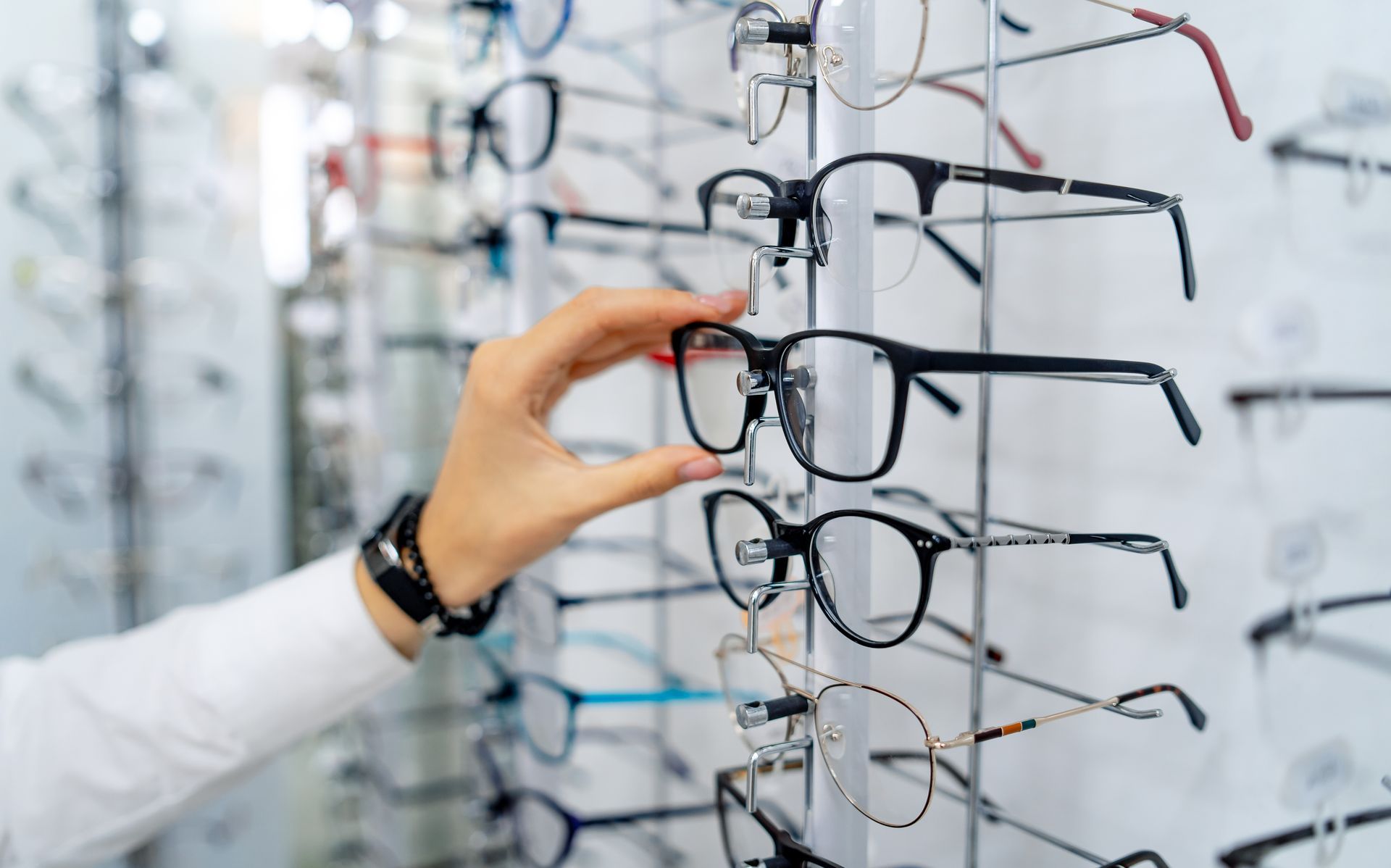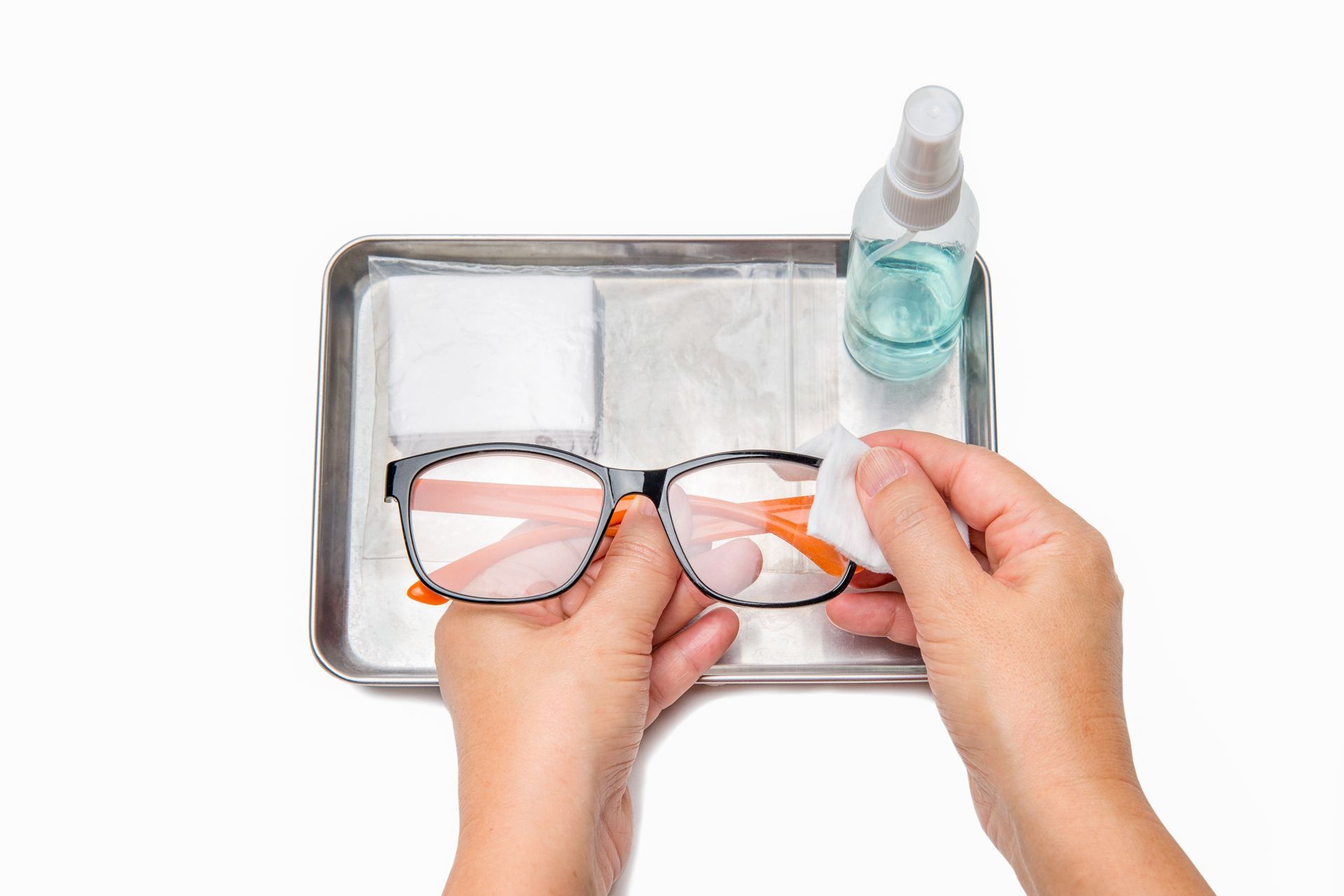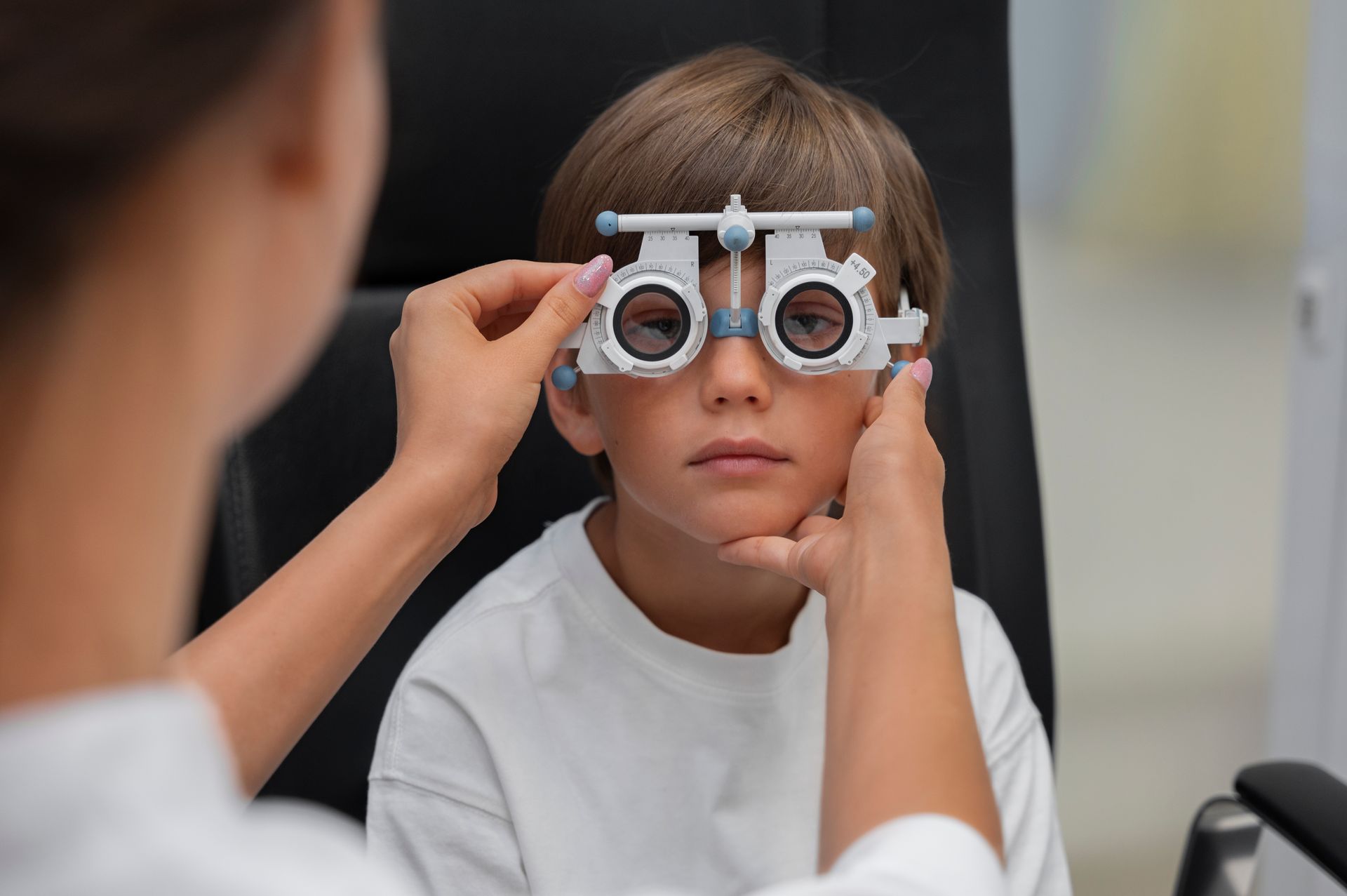Kids' Eye Health: Detecting Vision Problems Early
As parents and caregivers, ensuring the overall health and well-being of our children is a top priority, and that includes maintaining their eye health. Detecting vision problems early in children is crucial because their visual development plays a significant role in learning and daily activities. At Wally's Optical, we are committed to guiding you through the importance of early detection and equipping you with the knowledge needed to support your child's visual health. Let's explore the key aspects of detecting vision problems in children and how routine eye exams can make a difference.
Why Early Detection is Crucial
Early detection of vision problems in children is essential for several reasons. Firstly, many vision issues do not present obvious symptoms, making it difficult for parents and children to recognize them. Early detection facilitates timely intervention, preventing potential academic difficulties and improving your child's quality of life. Moreover, untreated vision problems can lead to developmental delays and hinder your child's ability to engage in everyday activities.
Common Vision Problems in Children
Children can experience a range of vision issues, some of which are more common than others. Understanding these conditions can help in identifying potential problems early on:
1. Refractive Errors
Refractive errors, including nearsightedness (myopia), farsightedness (hyperopia), and astigmatism, are common in children. These conditions result from imperfections in the eye's shape, affecting how light is focused on the retina.
2. Amblyopia (Lazy Eye)
Amblyopia occurs when one eye does not develop normal vision, often due to unequal refractive errors or strabismus (misalignment of the eyes). Early treatment is crucial to prevent long-term visual impairments.
3. Strabismus
Strabismus is characterized by misalignment of the eyes, causing them to point in different directions. This condition can lead to amblyopia if not addressed early.
4. Convergence Insufficiency
This condition affects the eyes' ability to work together when looking at close objects. It can cause double vision, eye strain, and headaches, impacting reading and other close-up tasks.
Signs Your Child May Have Vision Problems
While some children may not exhibit noticeable symptoms, there are signs that may indicate vision problems:
1. Squinting or Tilting Head
If your child frequently squints or tilts their head while looking at objects, it may indicate an effort to improve focus or alignment.
2. Frequent Headaches
Vision problems can cause eye strain and discomfort, leading to regular headaches, particularly after reading or using a computer.
3. Avoidance of Reading
If your child avoids reading or struggles to maintain focus, it may be due to difficulty seeing text clearly.
4. Sitting Too Close to Screens
Children who sit very close to the TV or hold devices too near their face may be compensating for poor vision.
5. Eye Rubbing or Red Eyes
Excessive eye rubbing or redness can be a sign of discomfort or vision difficulties.
The Importance of Regular Eye Exams
Regular eye exams are vital for detecting vision problems early and ensuring healthy visual development. At Wally's Optical, we recommend comprehensive eye exams for children starting at a young age. Here's what you can expect from our pediatric eye exams:
1. Thorough Assessment
Our experienced optometrists will conduct a detailed assessment of your child's eyes, using child-friendly techniques to evaluate visual acuity, eye alignment, and overall eye health.
2. Child-Centric Environment
We provide a welcoming and comfortable environment for children, ensuring their eye exam experience is positive and stress-free.
3. Personalized Recommendations
Based on the exam results, our optometrists will discuss any findings with you and recommend appropriate corrective measures or treatments if necessary.
4. Early Intervention
If vision problems are detected, early intervention can prevent further complications and support your child's visual development and learning.
How Parents Can Support Their Child's Eye Health
In addition to scheduling regular eye exams, parents can take steps to support their child's eye health:
1. Encourage Outdoor Play
Spending time outdoors can reduce the risk of myopia and promote healthy visual development.
2. Limit Screen Time
Encourage breaks from screens and ensure that screen time is balanced with other activities to prevent eye strain.
3. Provide a Healthy Diet
Nutrition plays a role in eye health. Ensure your child has a diet rich in fruits, vegetables, and foods containing essential vitamins and minerals for eye health.
4. Educate Children on Eye Safety
Teach your child about the importance of eye safety during play and sports, including wearing protective eyewear when necessary.
Schedule Your Child's Eye Exam Today
At Wally's Optical, we are dedicated to ensuring your child's eye health is properly cared for. Early detection and intervention are key to preventing vision problems and supporting your child's development. Schedule a pediatric eye exam at our Toronto location today and give your child the gift of clear vision and a brighter future. Visit us at 1586 Bloor Street West or call (416) 535-6252 to book an appointment. Trust Wally's Optical for your family's eye care needs, where expertise and compassion meet to ensure the best outcomes for your child's visual health.










